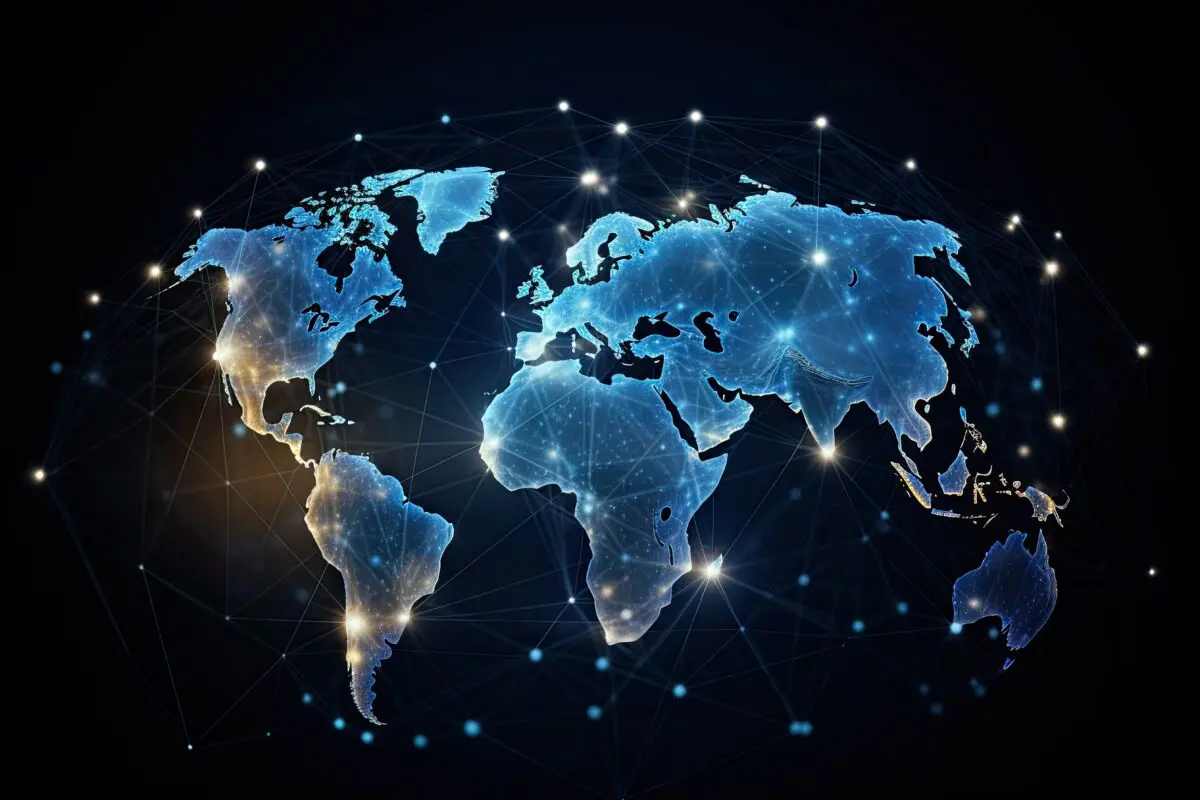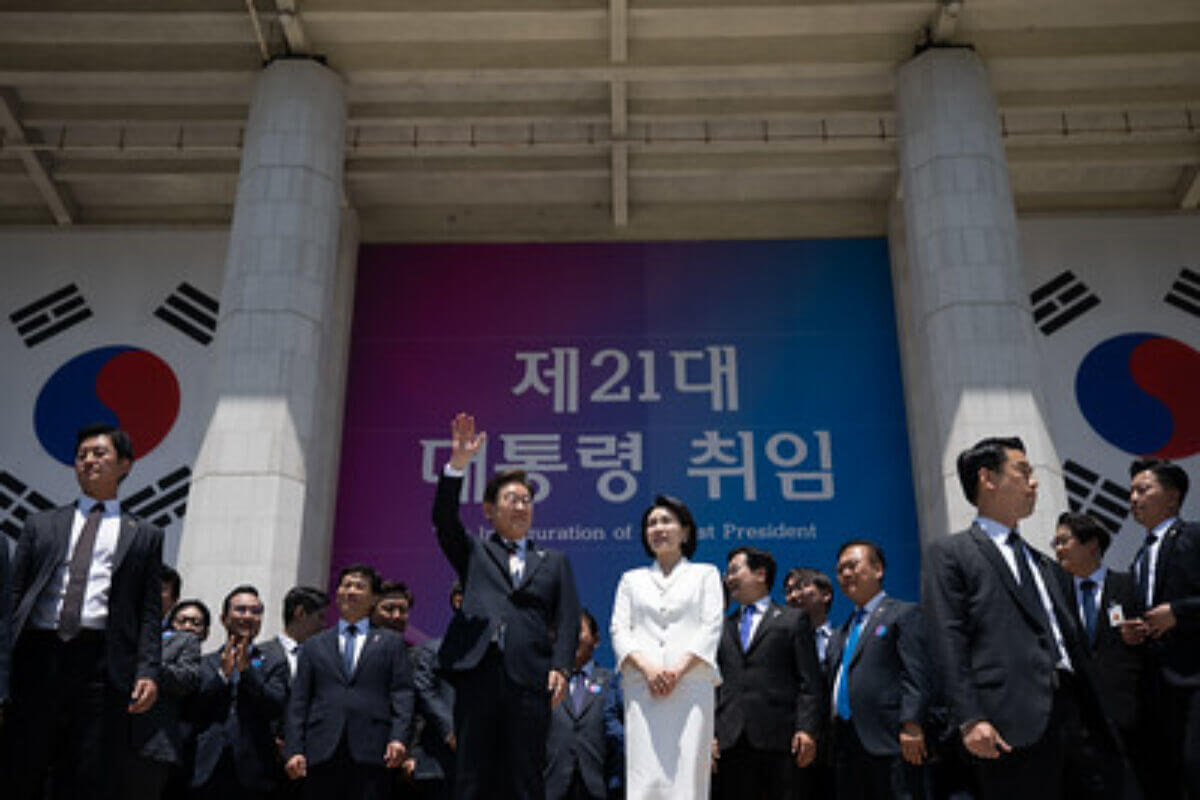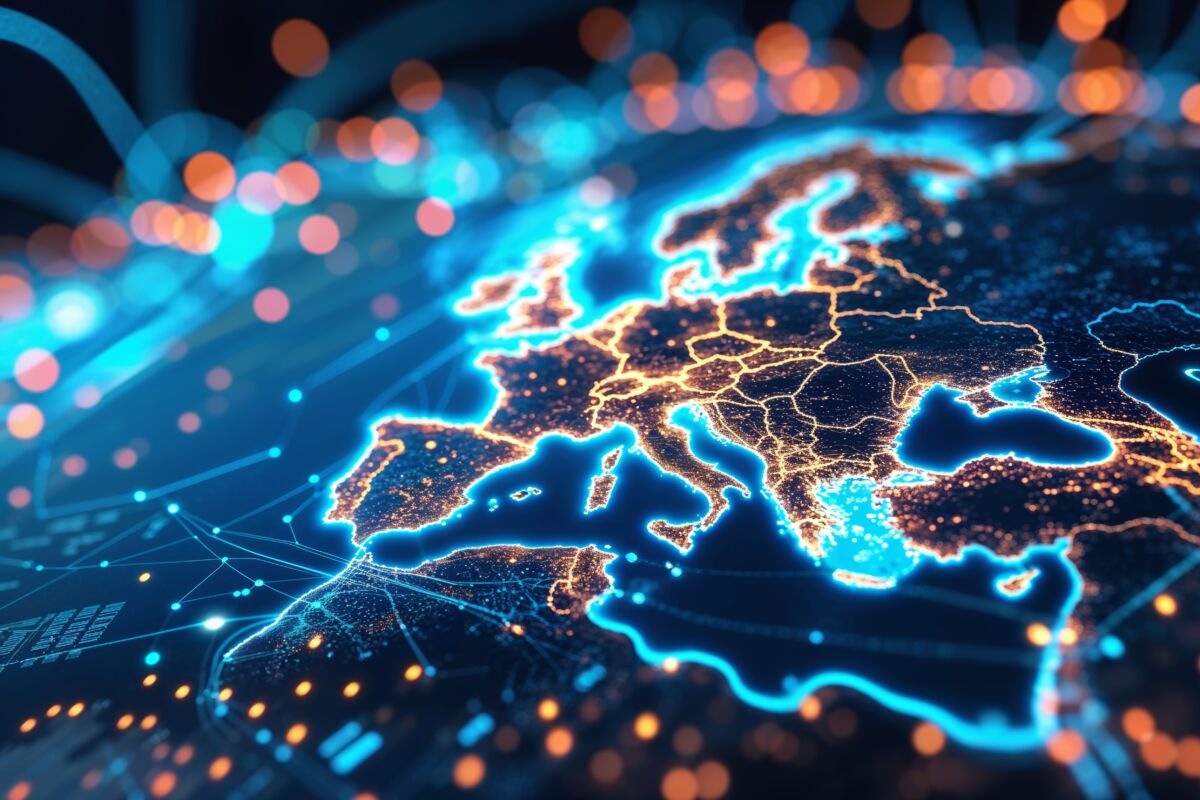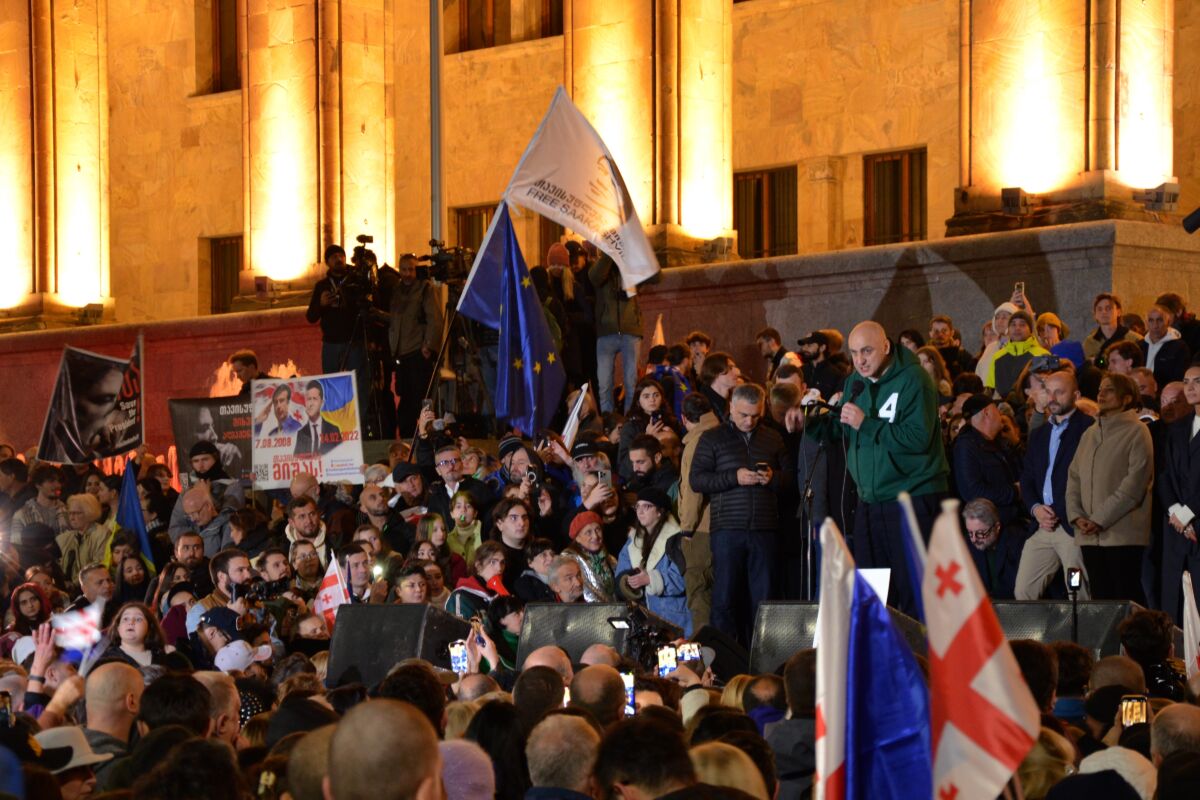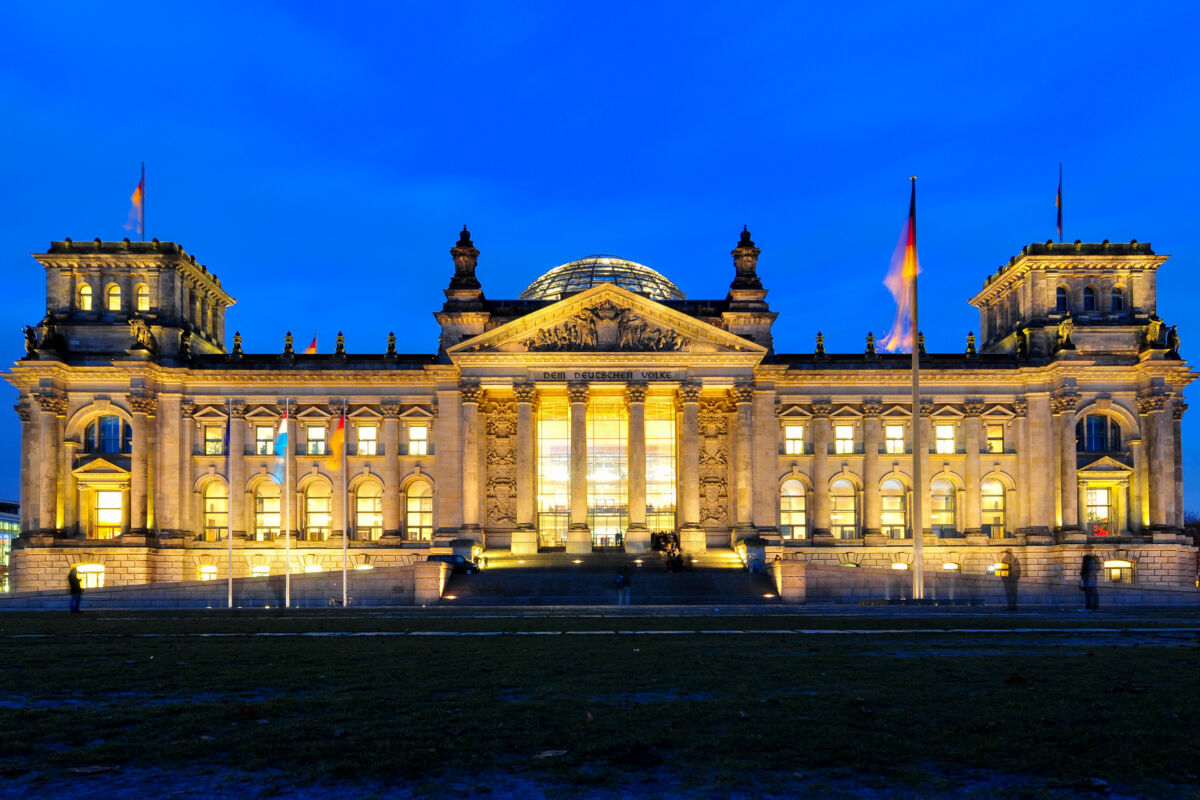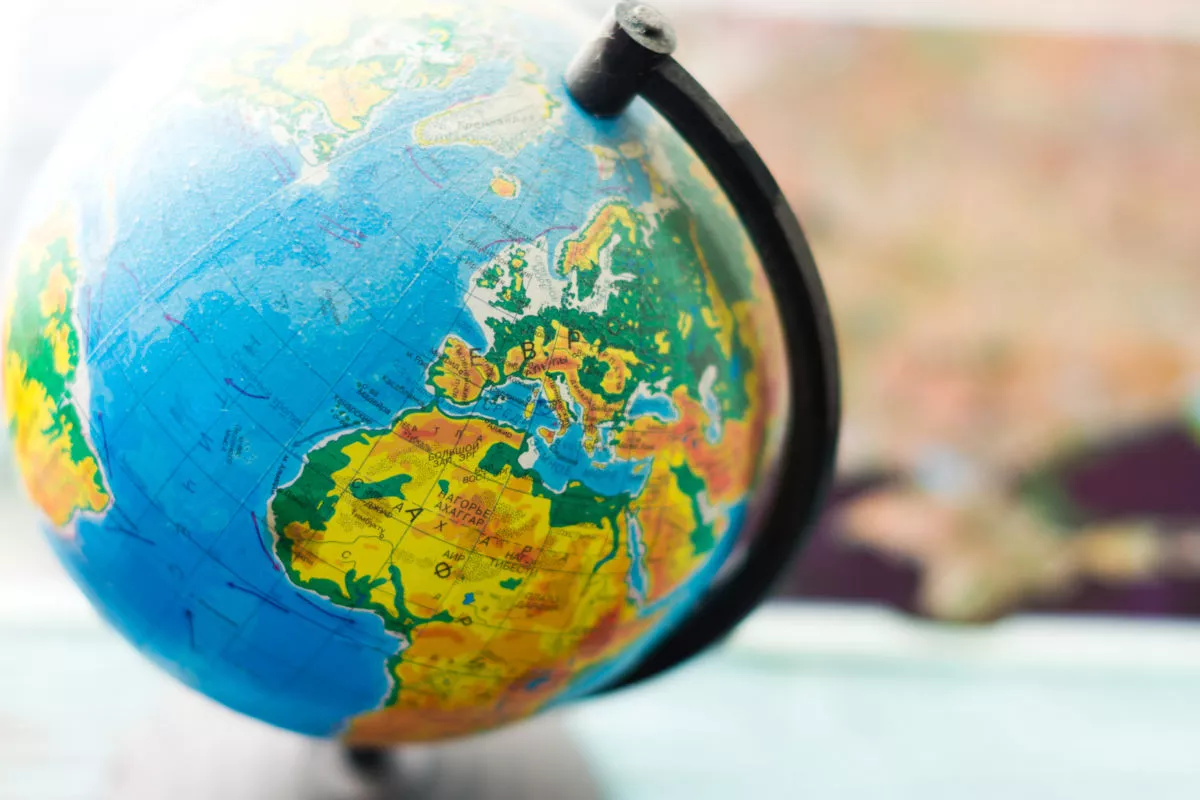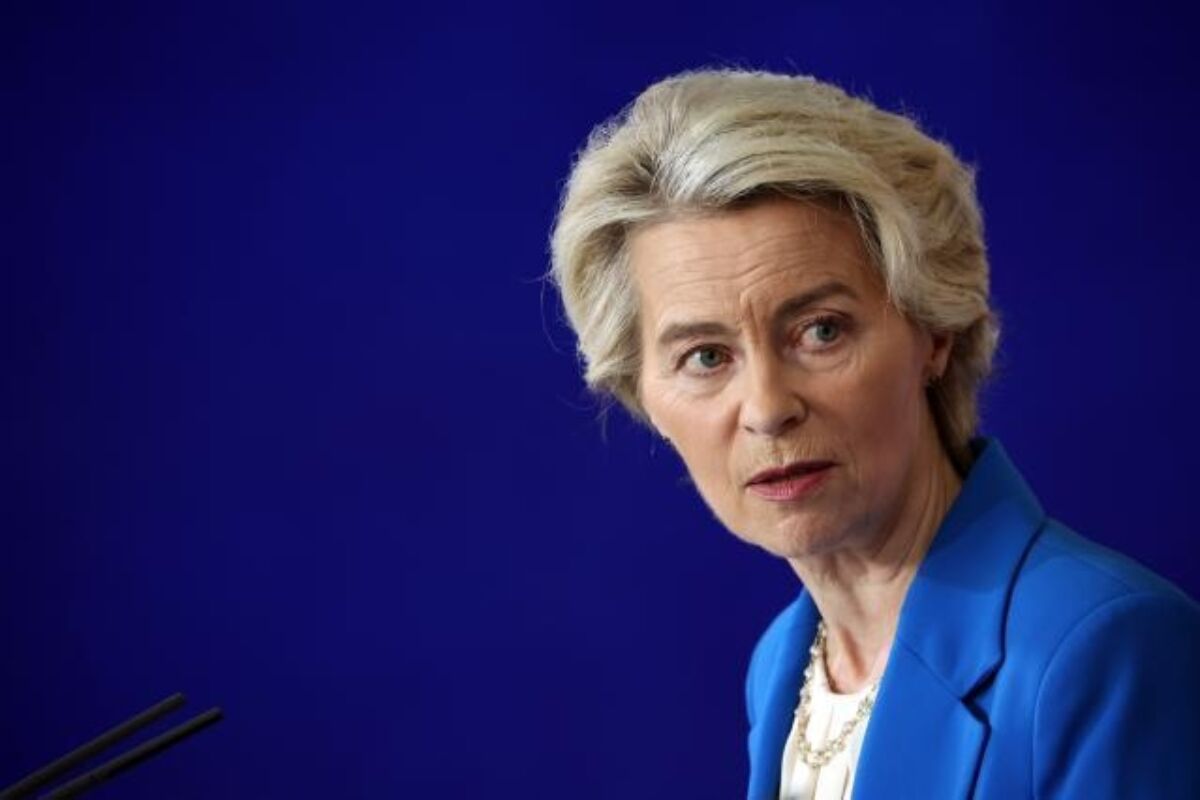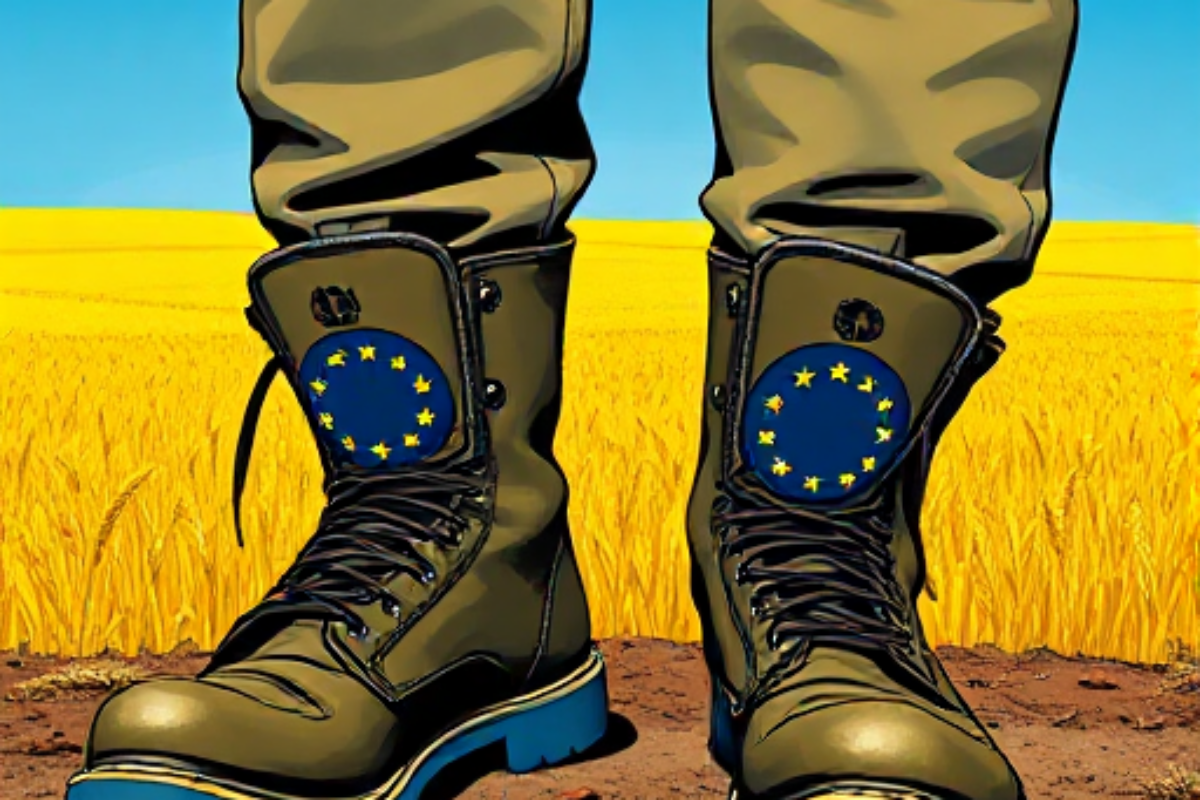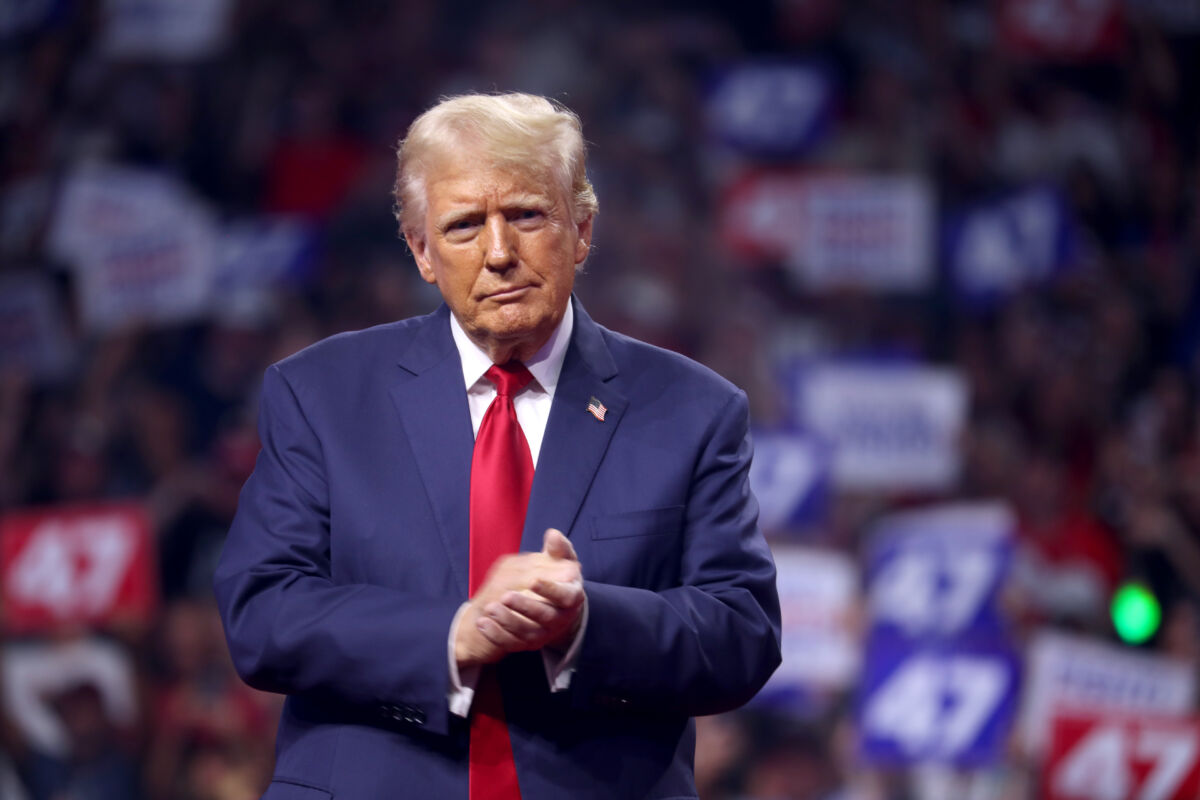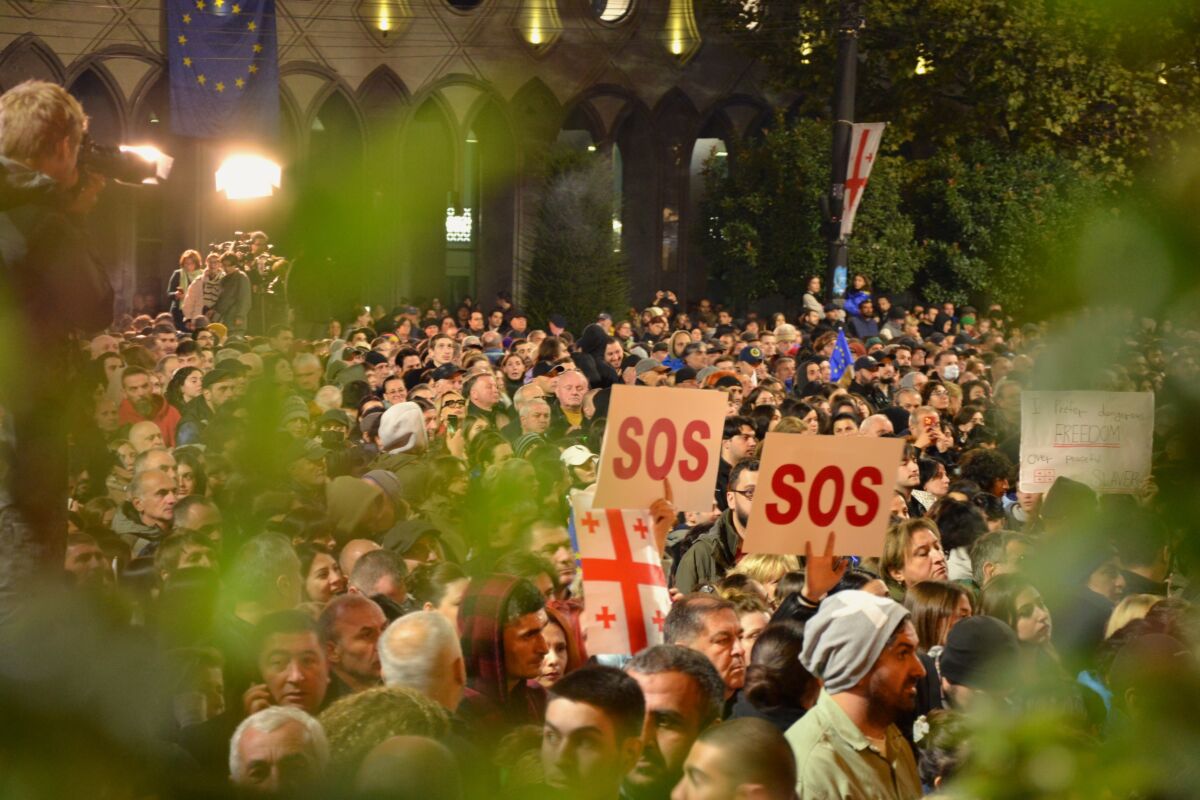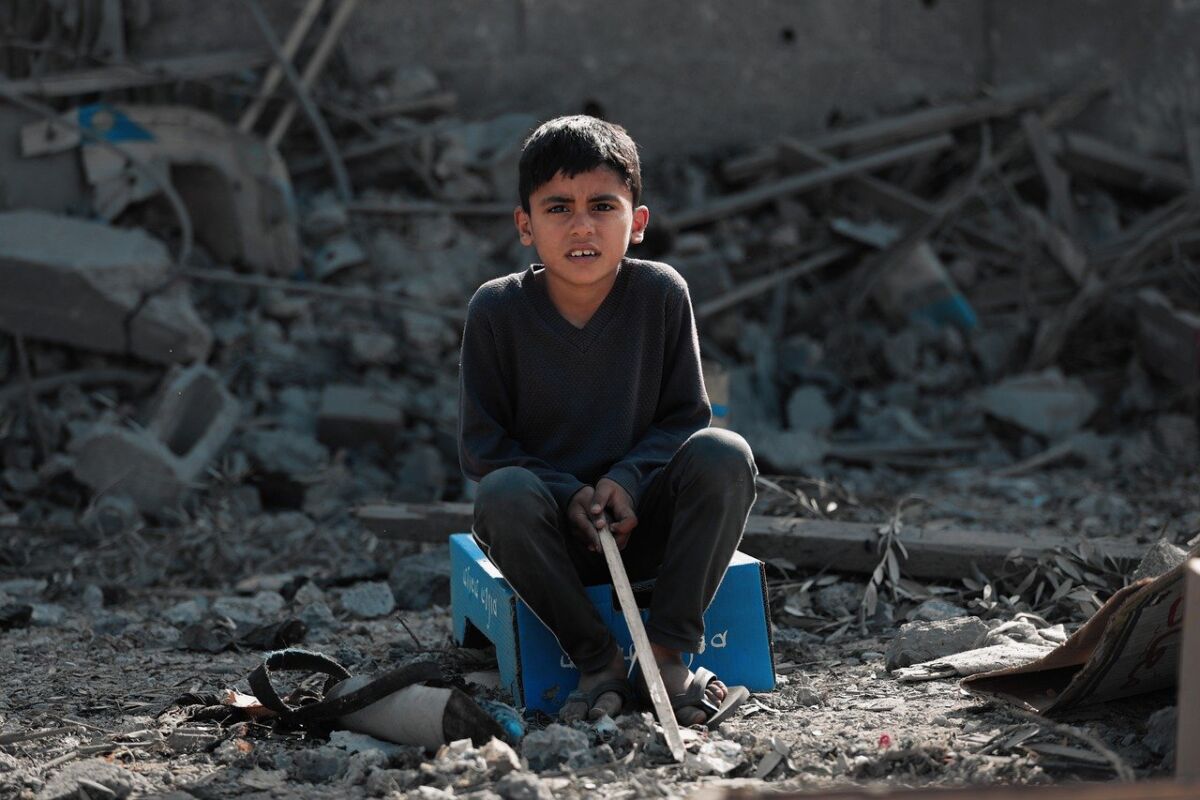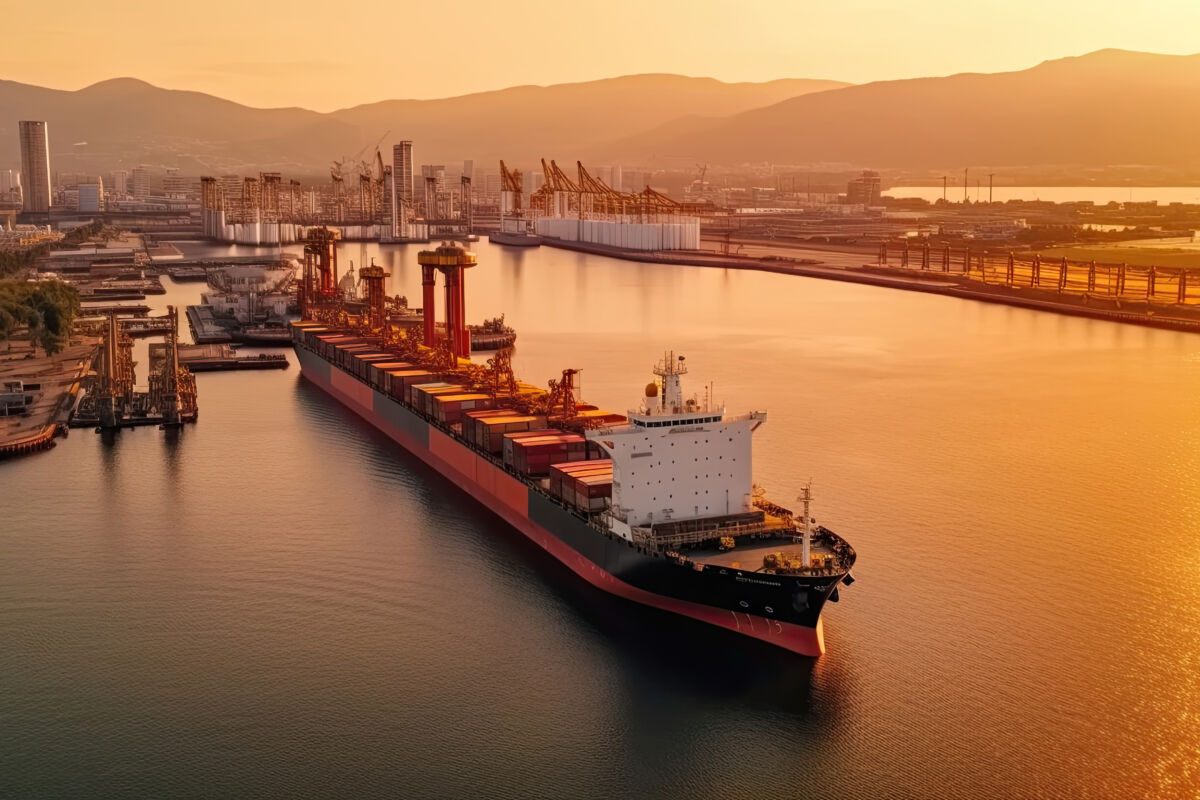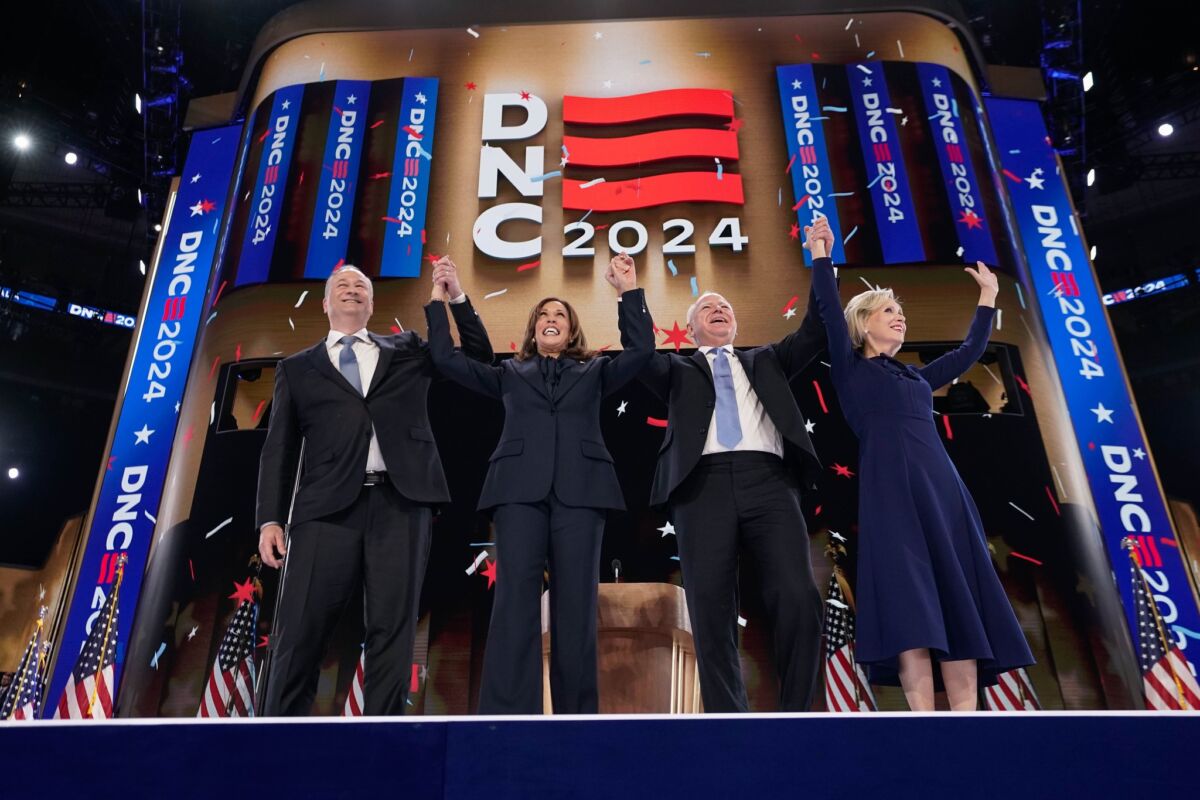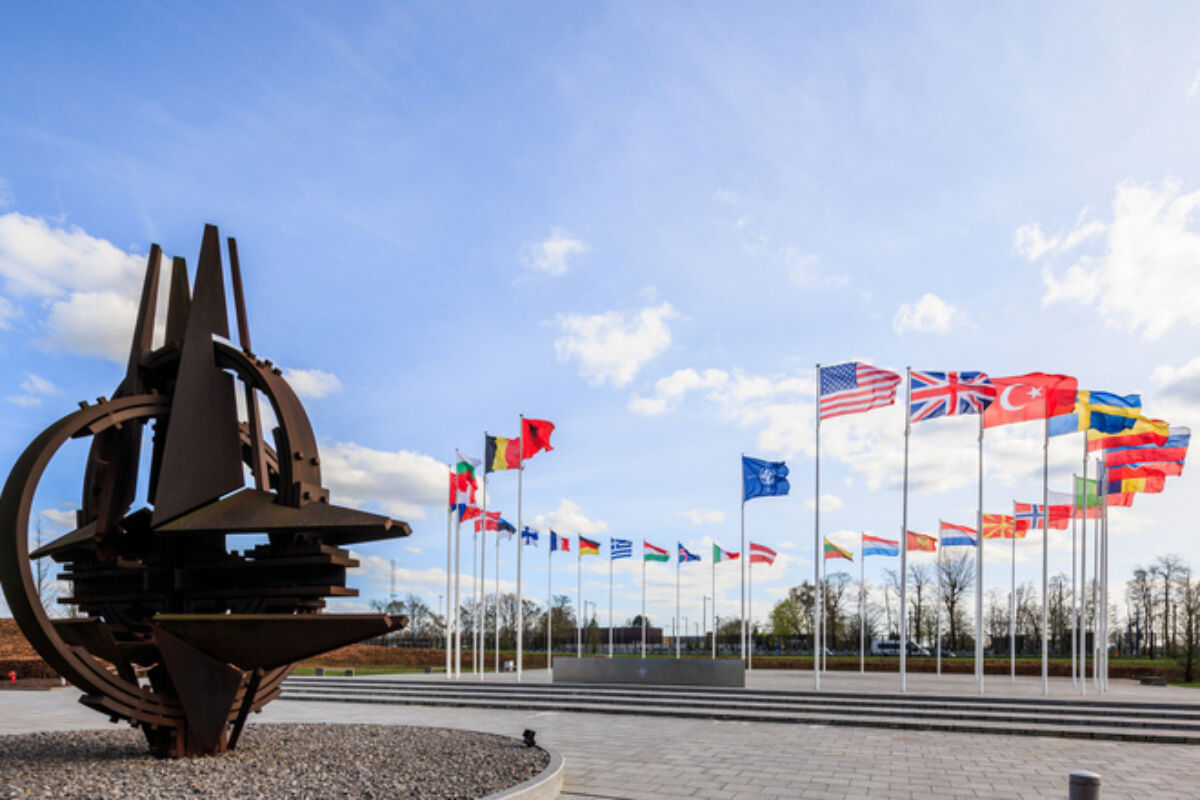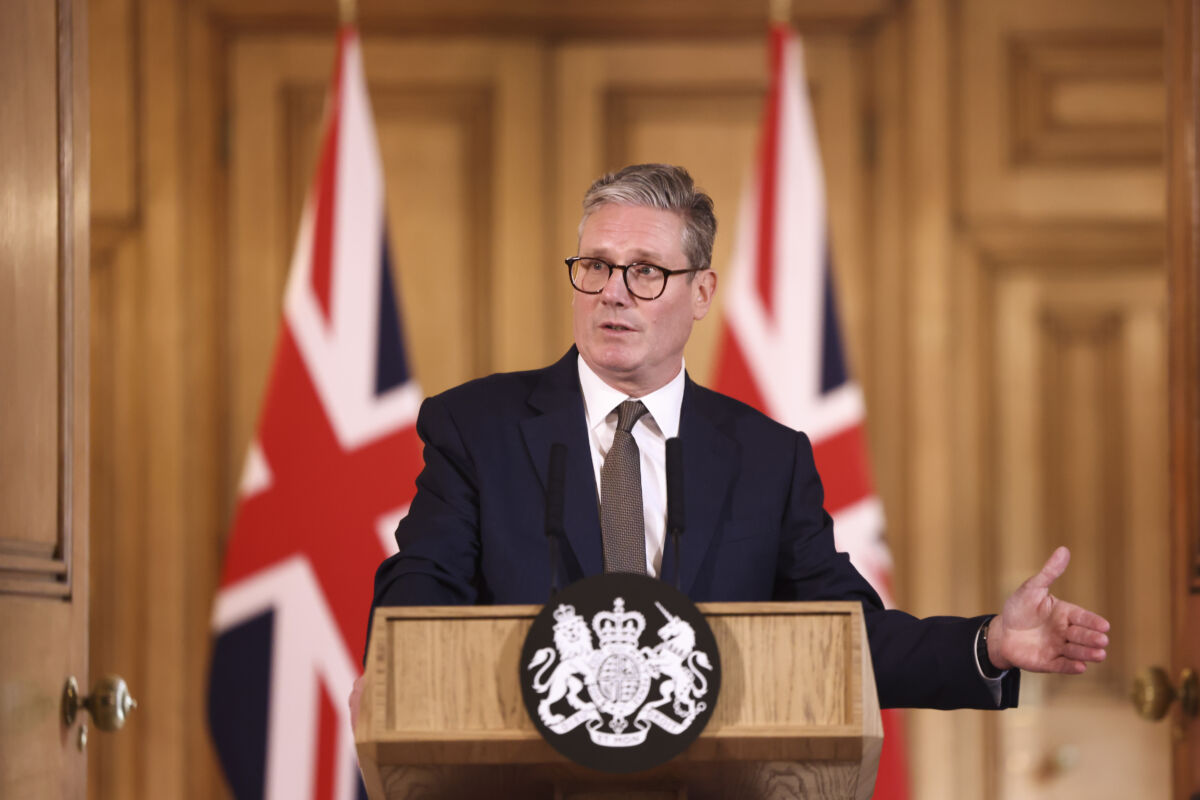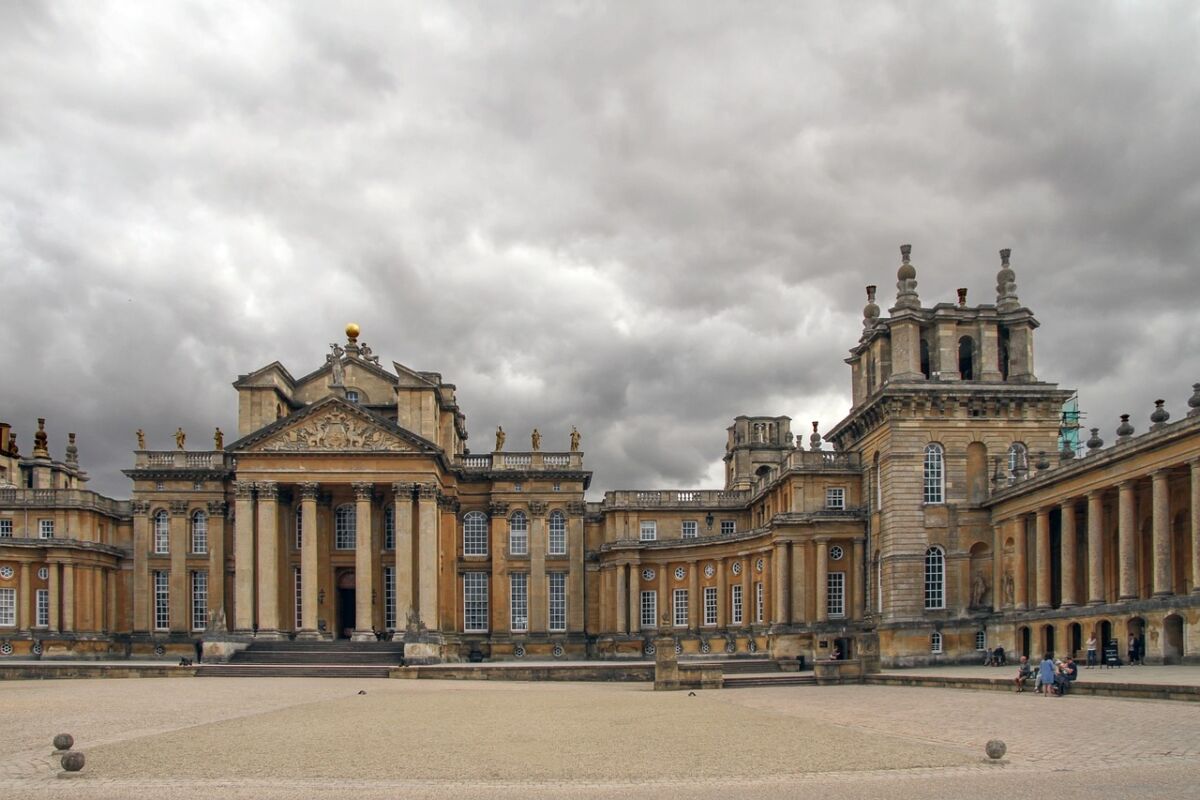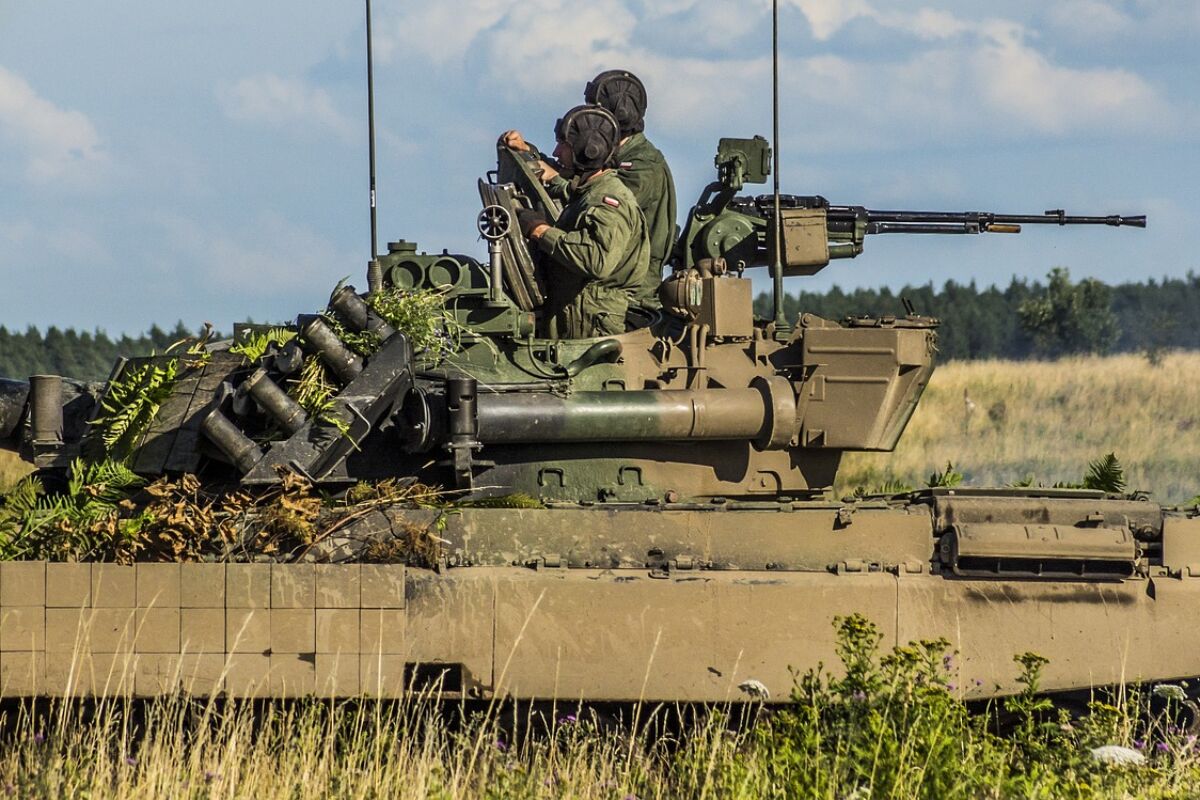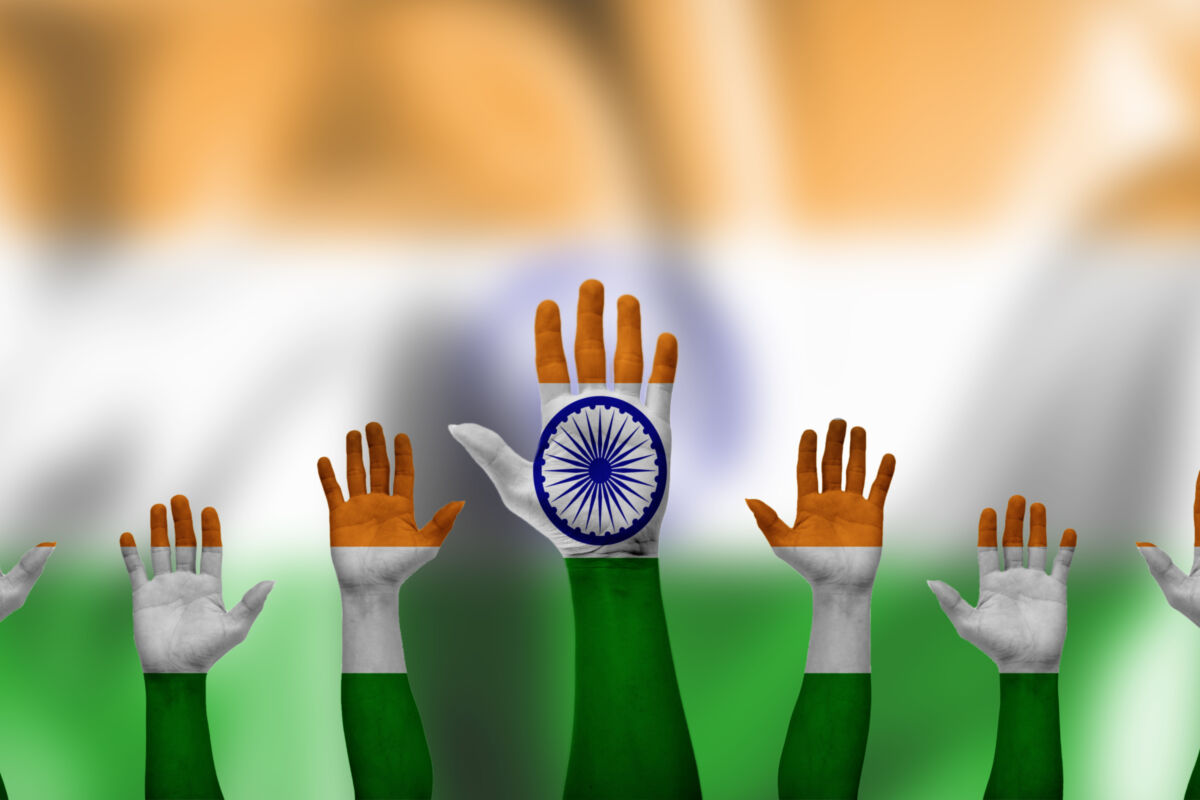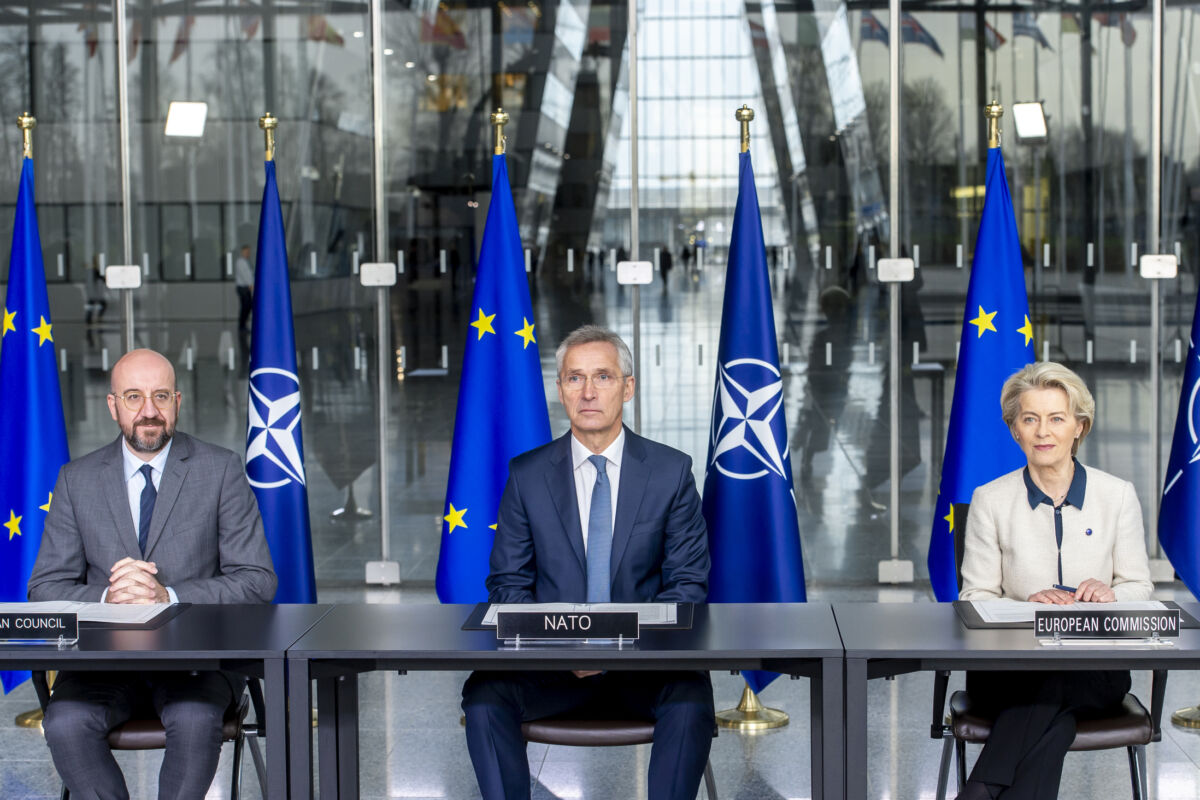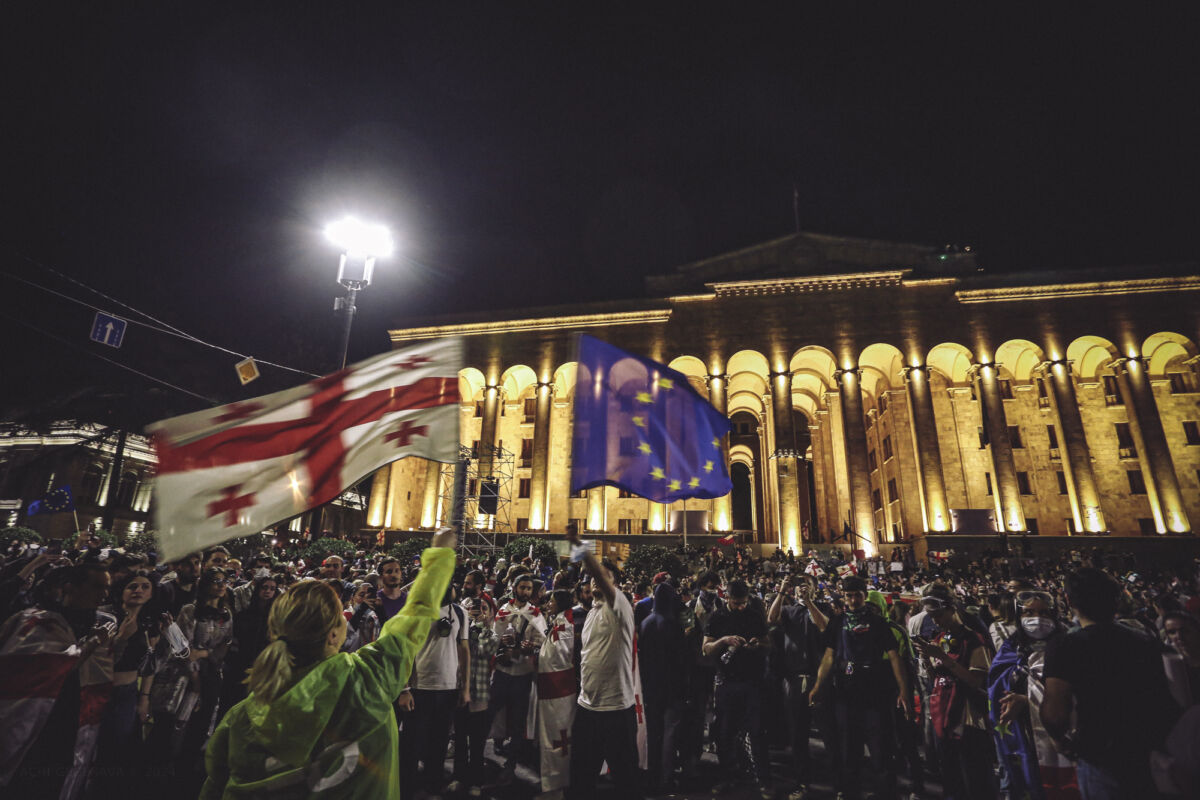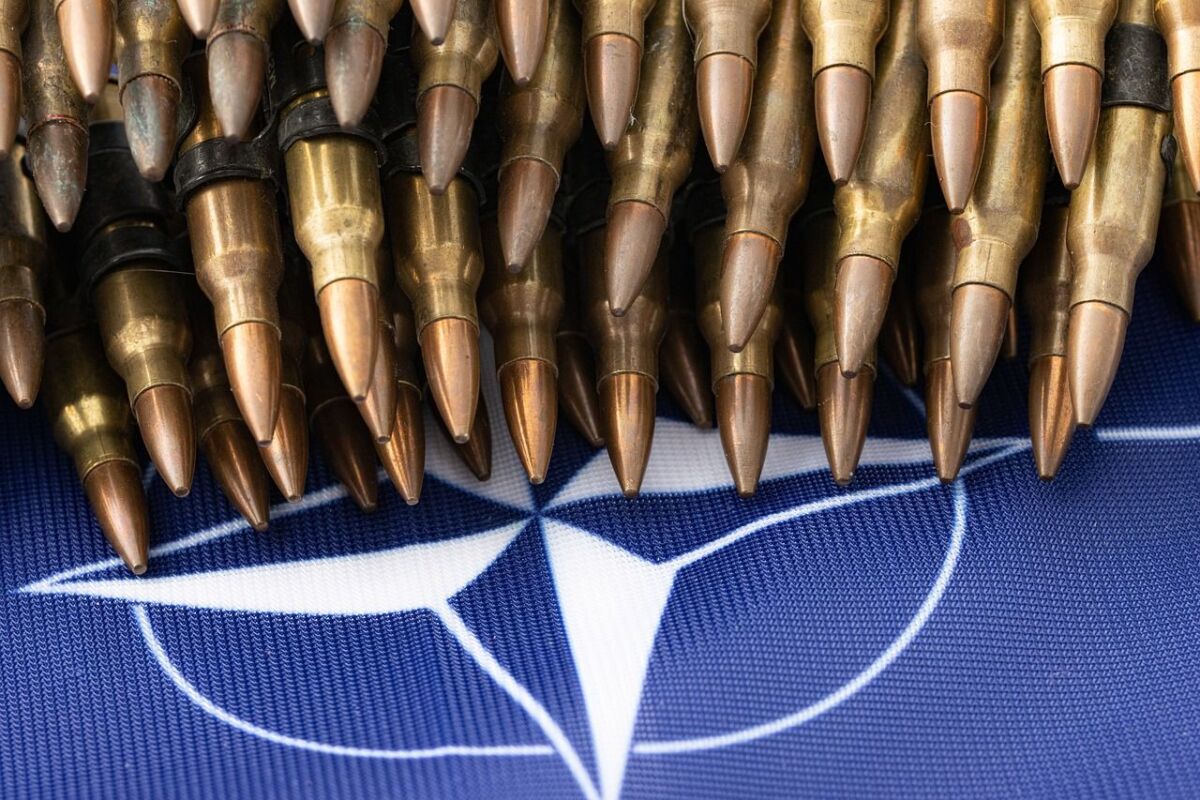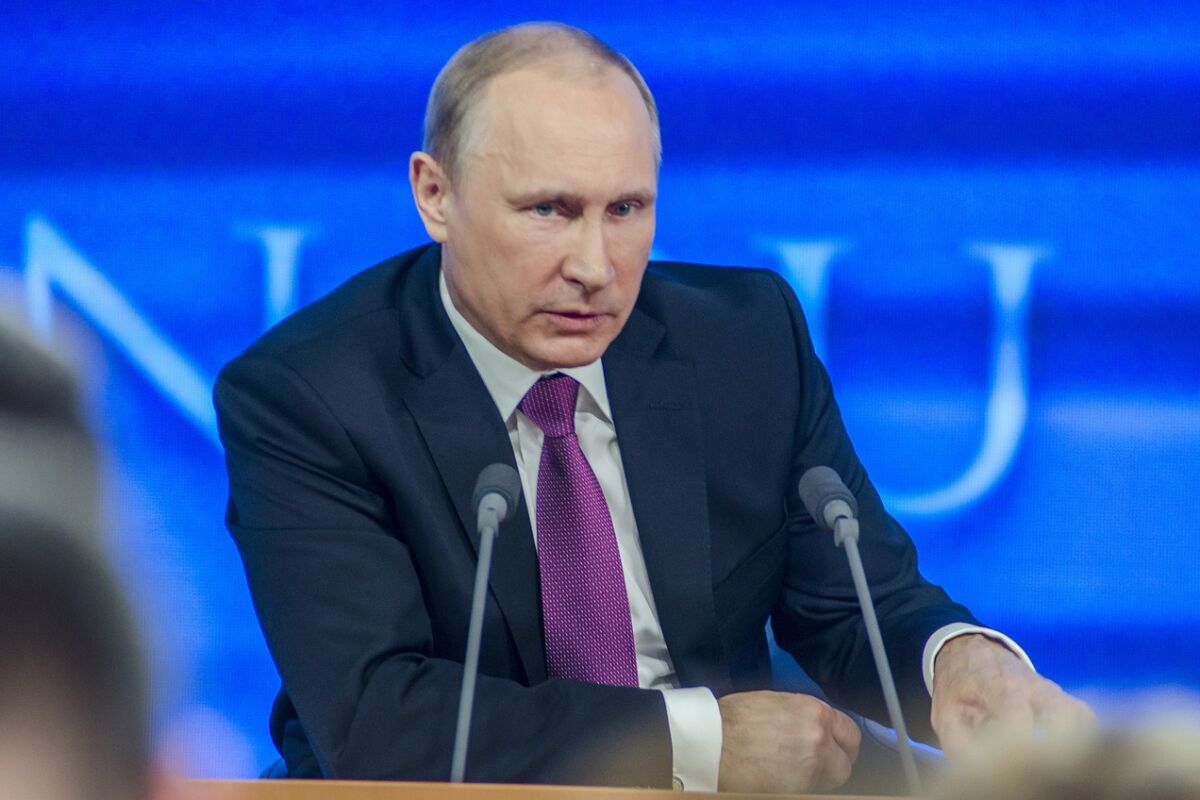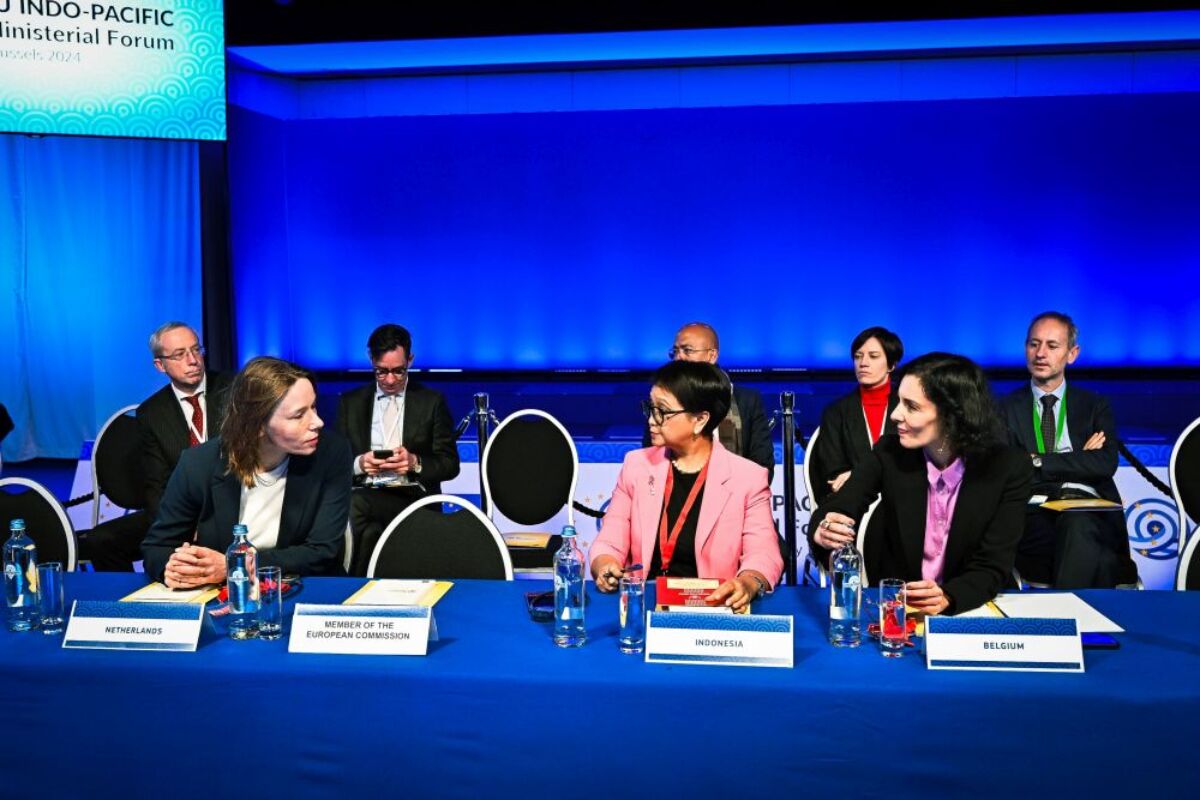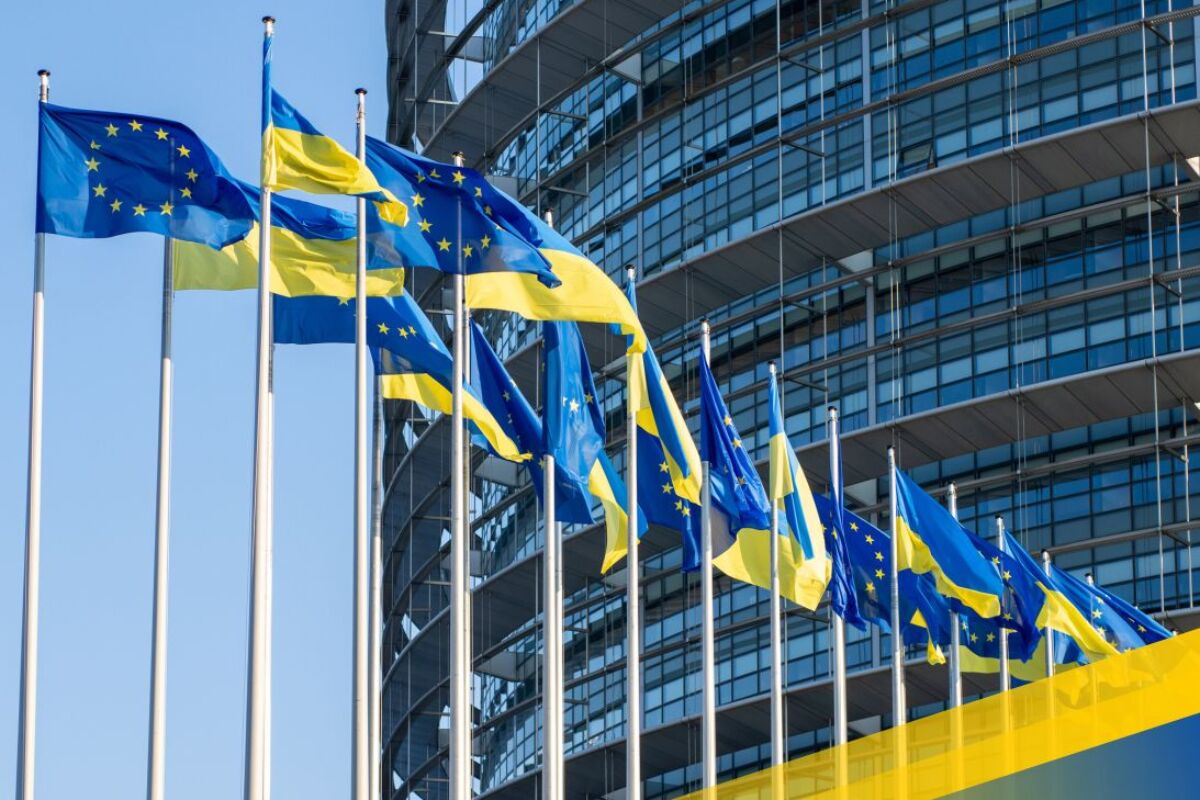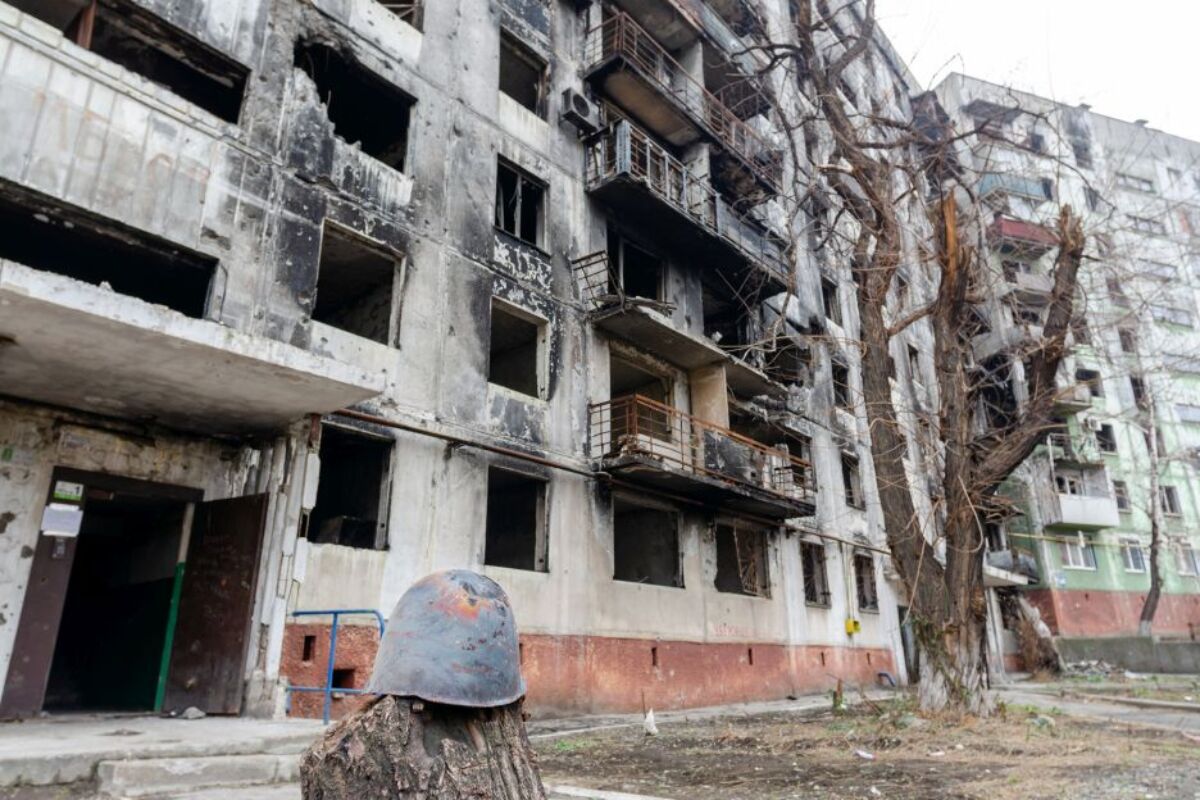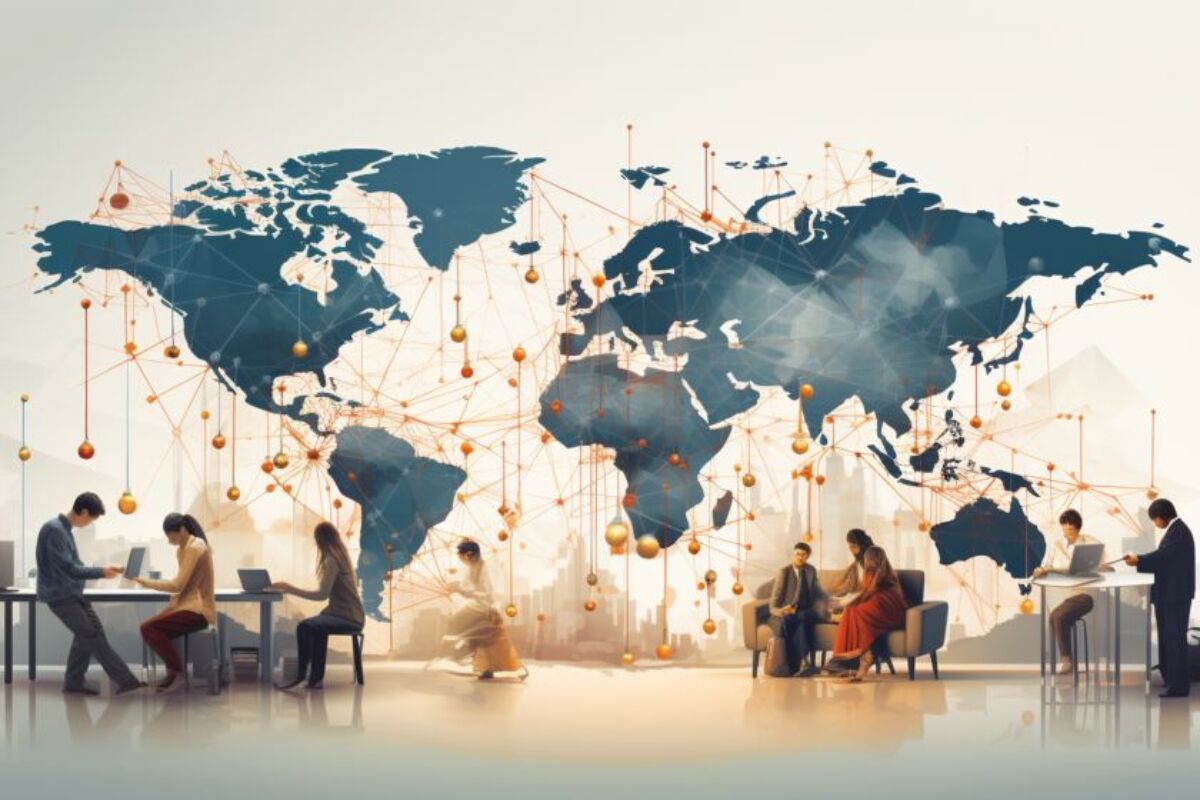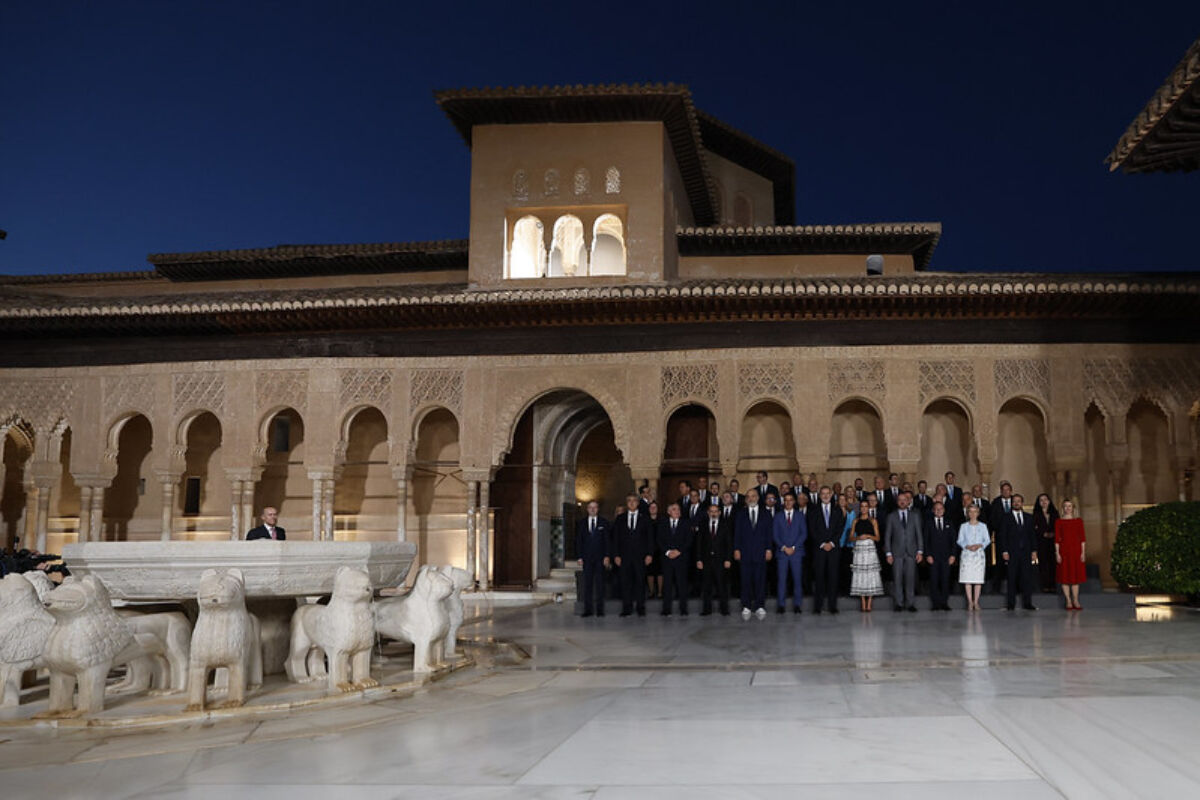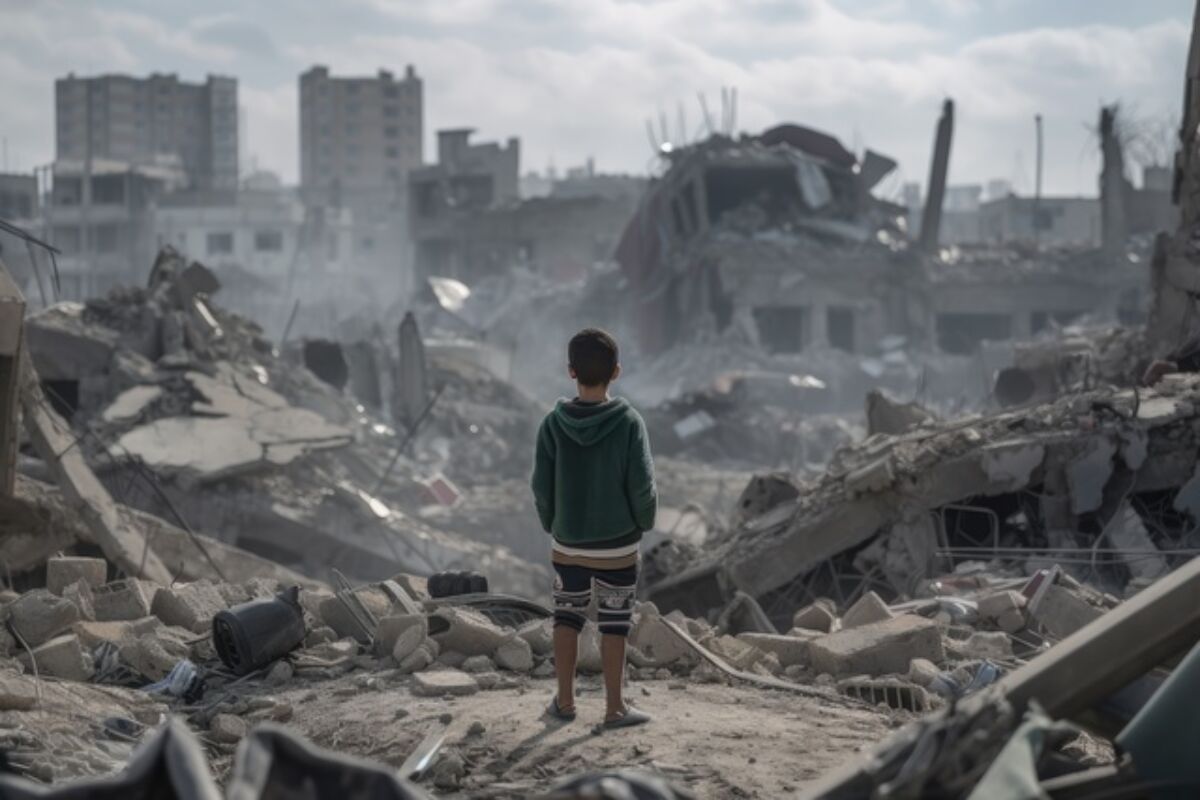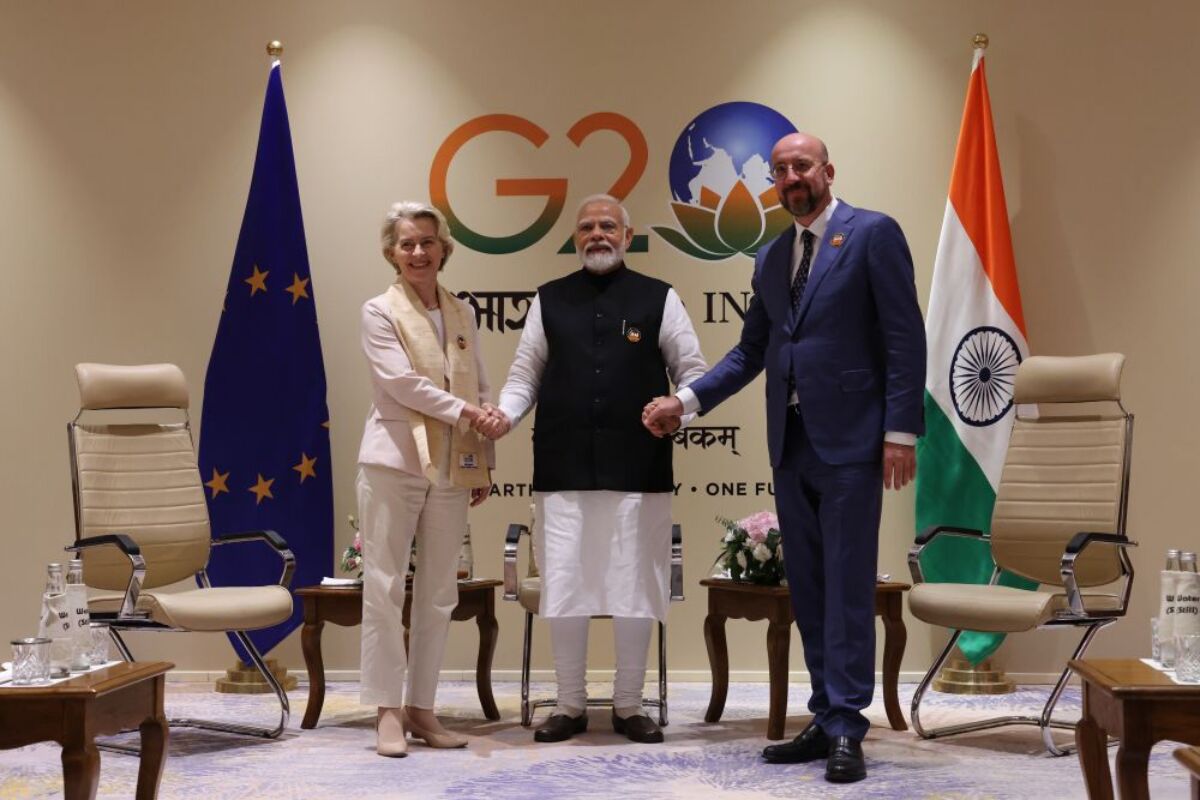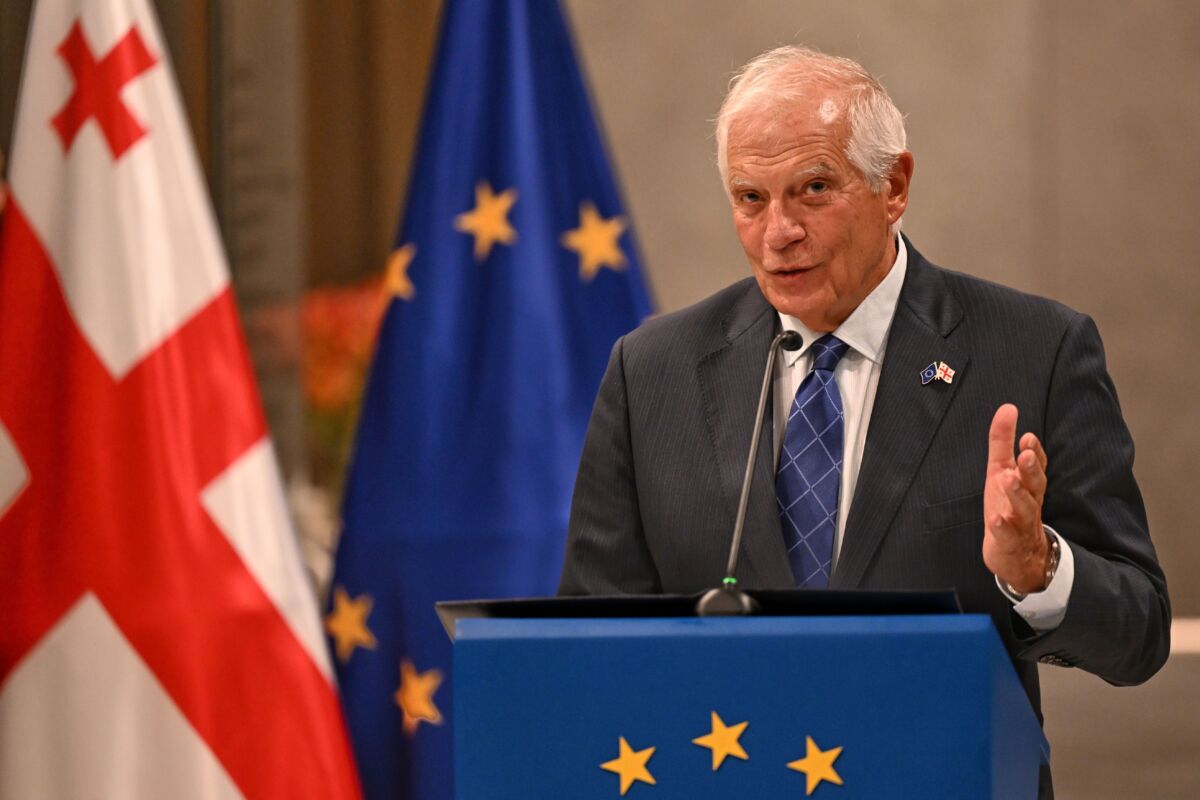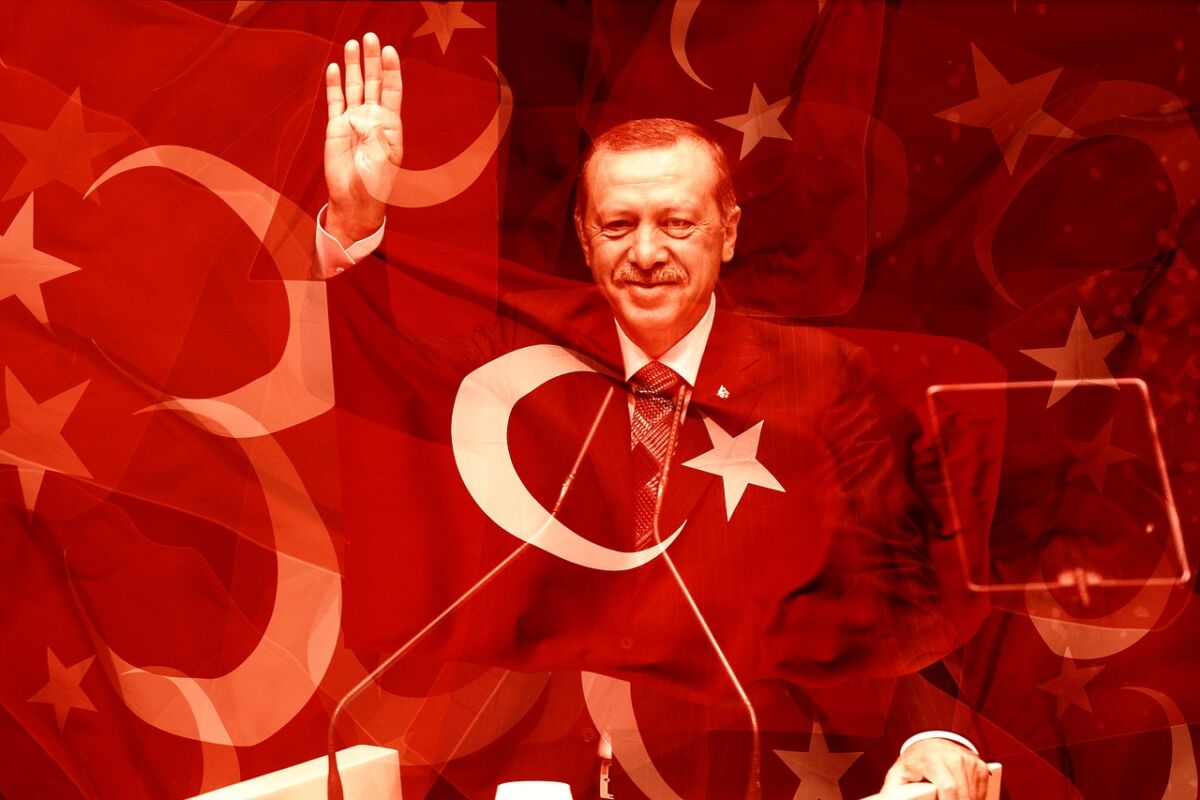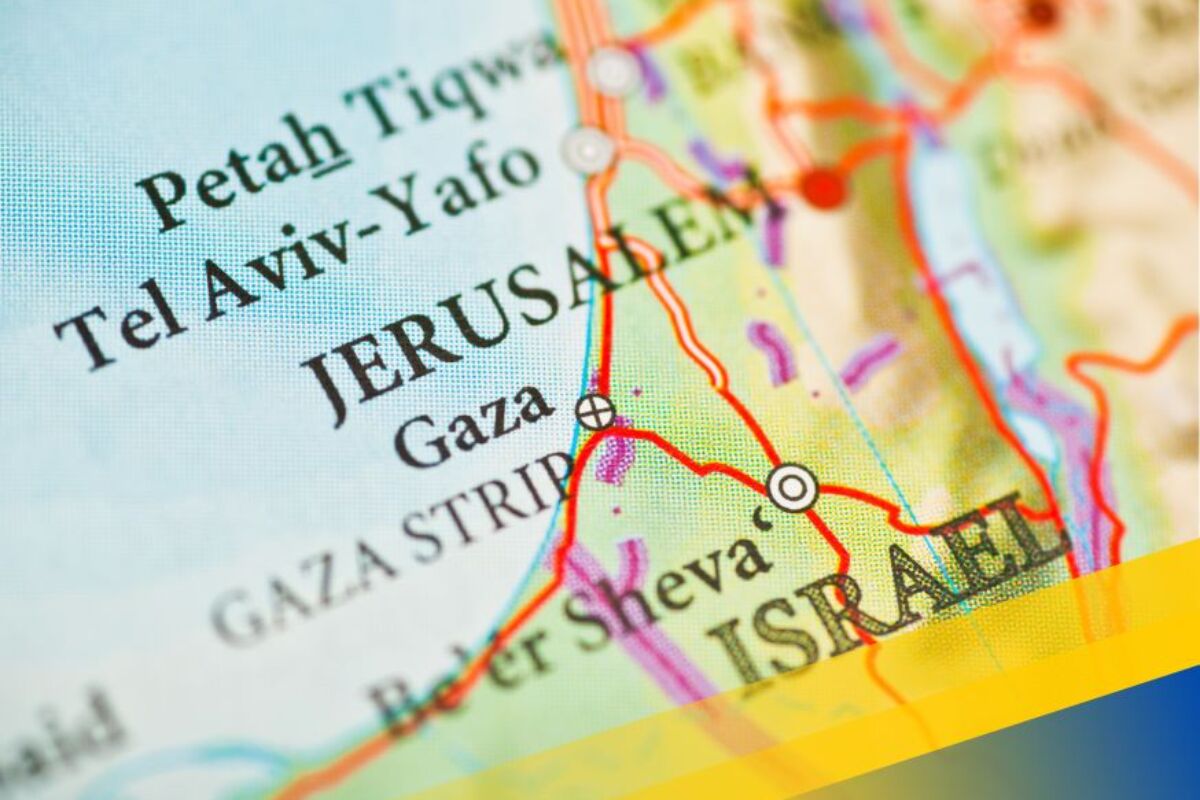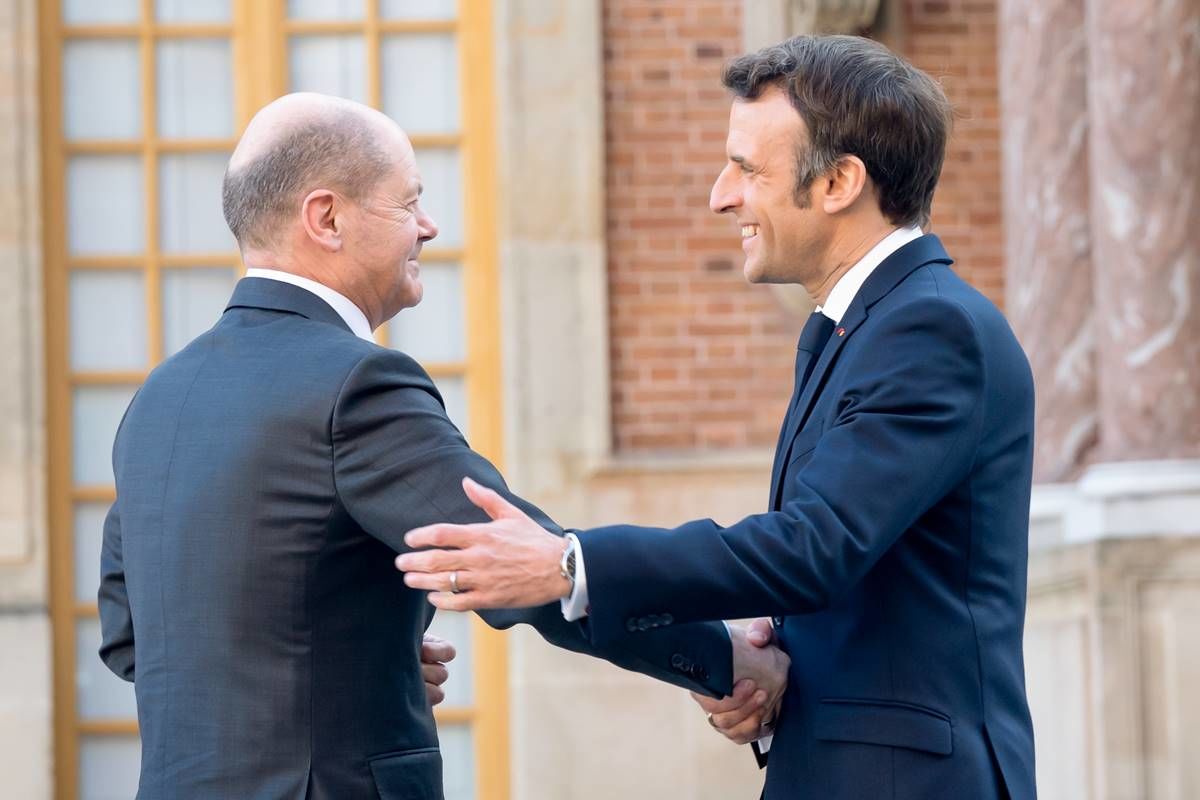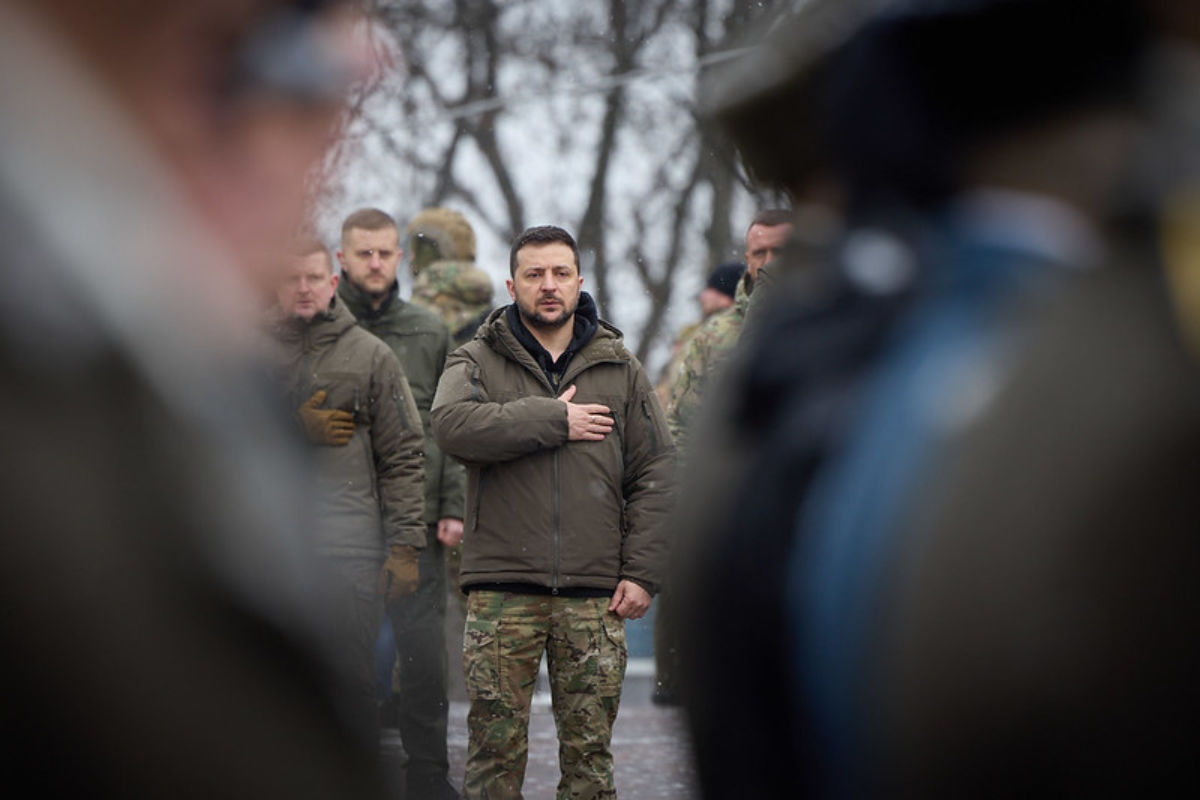On 14 December, leaders from the EU and the Association of Southeast Asian Nations (ASEAN) will meet for an inter-regional summit in Brussels, the first ever of its kind. From the Indo-Pacific to European shores, geopolitical tensions around the Sino-American rivalry and the erosion of rules-based multilateral frameworks promise to hang over the summit like the sword of Damocles.
In response to these challenges, the summit is an opportunity to push the connectivity agenda forward.
On one side, ASEAN is being courted by every connectivity strategy in the region. On the other, the EU is looking to operationalise the Global Gateway under the principle of equal partnerships – an opportunity to learn from the ASEAN Connectivity Master Plan’s (MPAC 2025) best practices. To successfully court ASEAN, the EU should offer a connectivity cooperation model based on complementarity and interoperability with all other global actors – and not just the friendly ones.
ASEAN and the EU will meet during their inaugural summit as equal partners searching for common ground, from expanding free trade networks to enabling the green and digital transition (even with all the legal and financial challenges this entails).
On top of this substantial agenda, EU leaders will no doubt strive to add a security dimension, in stark contrast with the usual EU-ASEAN bread-and-butter talks on trade and development finance. Beyond Russia’s war on Ukraine, it will be difficult to find any issue where the partners see eye-to-eye – not to mention internal political differences within the two groups.
However, one year after the launch of the Global Gateway, the summit provides the EU with an opportunity to put its trusted connectivity model to the test, as well as to learn that the ‘ASEAN way’ – a preference for quiet diplomacy, consensus, and non-interference – is more than a mechanism for dispute resolution.
The ‘Team Europe way?’
The EU aims to become a credible connectivity partner for Southeast Asian countries beyond development cooperation. It can achieve this by learning from ASEAN and re(de)fining the added value of the ‘Team Europe’ approach – which seeks to enrol Member States and their private sectors into the EU’s ongoing global engagement.
Good progress made through the ASEAN Connectivity Master Plan is thanks to the close coordination between the ASEAN Secretariat and its member nations – whose senior officials sit on ASEAN Sectoral Bodies. With the Global Gateway, closer alignment and linkages among Team Europe stakeholders – the EU institutions and Member States – are just as vital.
The other magic ingredient, according to a midterm review, is that the Master Plan adds clear value to existing sectoral plans, giving substance to its ambitions. From sustainable urbanisation to quality logistics and higher education exchanges, ASEAN definitely has decent results to show off.
Meanwhile, the Team Europe approach is struggling to move from words to action. Its scope is now much broader than when it was created for pandemic recovery and it reveals the magnitude of the task – integrating and aligning policy objectives from different sectors to the EU’s external interests. ASEAN and its members, which are themselves reliable partners for implementing the Global Gateway, certainly have something valuable to teach Europeans on this front.
Not a case of either/or
Given the de-facto centrality of ASEAN to the Asia-Pacific region, its members are being shamelessly wooed like heroines from a Jane Austen novel by every connectivity and Indo-Pacific strategy under the sun, from the G7’s Build Back Better World to the Chinese Belt and Road Initiative, passing by Japan’s Quality Infrastructure Investment programme and beyond.
ASEAN is certainly keen to diversify its partners and find balance amid great power competition in its neighbourhood. The EU can show a commitment to sustainable development based on a set of strategic guidelines while still acknowledging diverse geopolitical interests.
It can do this by offering a connectivity model designed for complementarity and interoperability with other initiatives from like-minded partners but also, when needed, from others – such as the Belt and Road Initiative. It is important to defuse tensions and address ASEAN’s reluctance to become caught up in the bipolar confrontation between the US and China.
Moreover, there are challenges, such as the climate and the energy transition, which require all hands on deck. In November 2021, the Green Team Europe Initiative, in partnership with Southeast Asia, was launched. Even then, ASEAN was already struggling to finance its own green transition and develop renewable energy.
Now, while phasing out Russian gas, EU Member States are increasingly importing LNG from Southeast Asia, causing prices (and discontent) to rise. Today’s challenge will be to scale up the green partnership without letting various conflicts of interest prevent crucial progress.
Cooperation is most fruitful when multilateral. To ease global tensions and shore up inter-regional frameworks for cooperation, ASEAN and the EU must tread a fine line between favouring like-mindedness and accommodating different perspectives. In short, they don’t need to commit to an exclusive relationship with each other.
The work required starts from within – if the EU takes after ASEAN and aligns the pieces of a Team Europe connectivity puzzle, it might be able to project a much more convincing case to the world.



